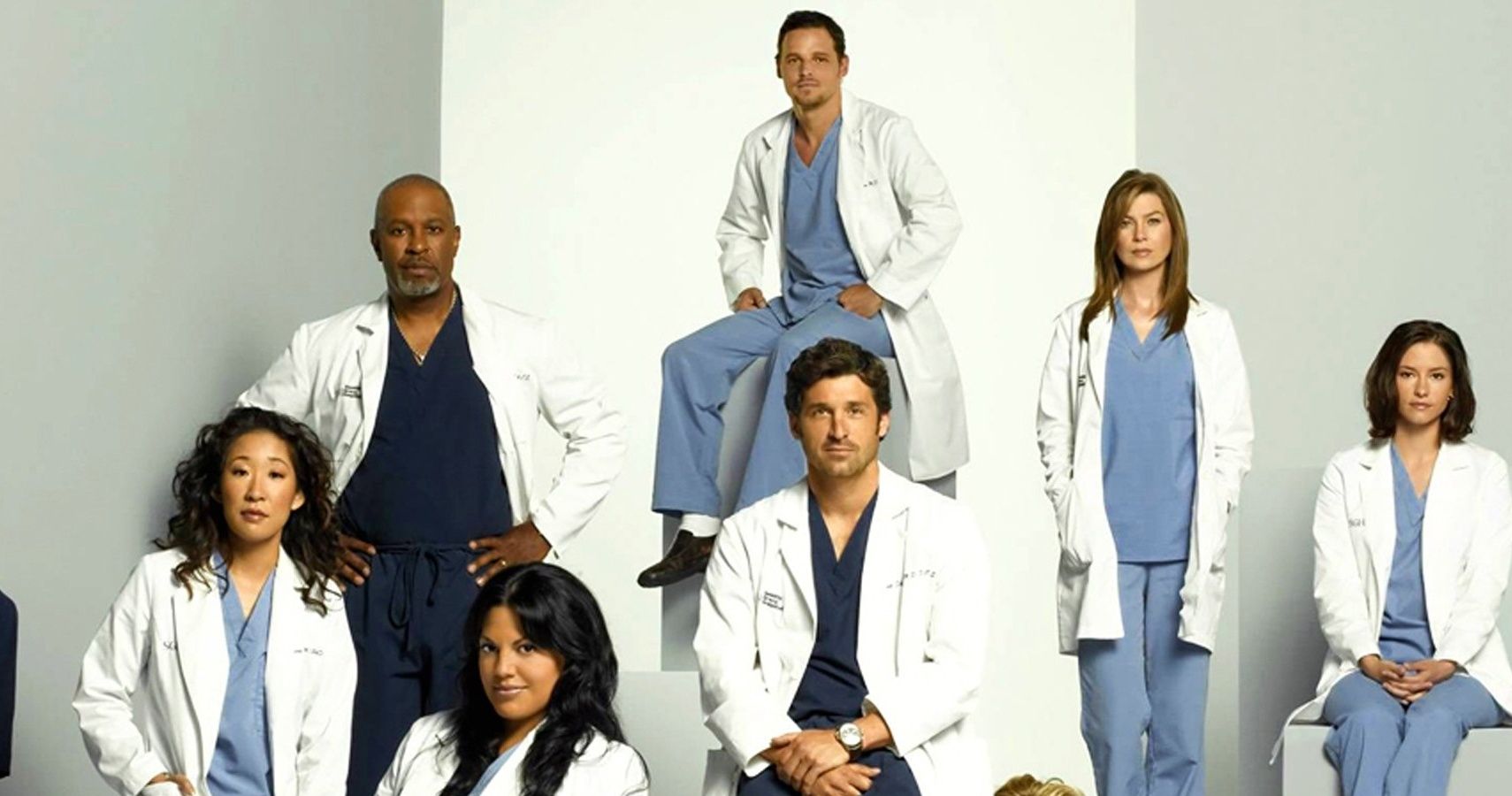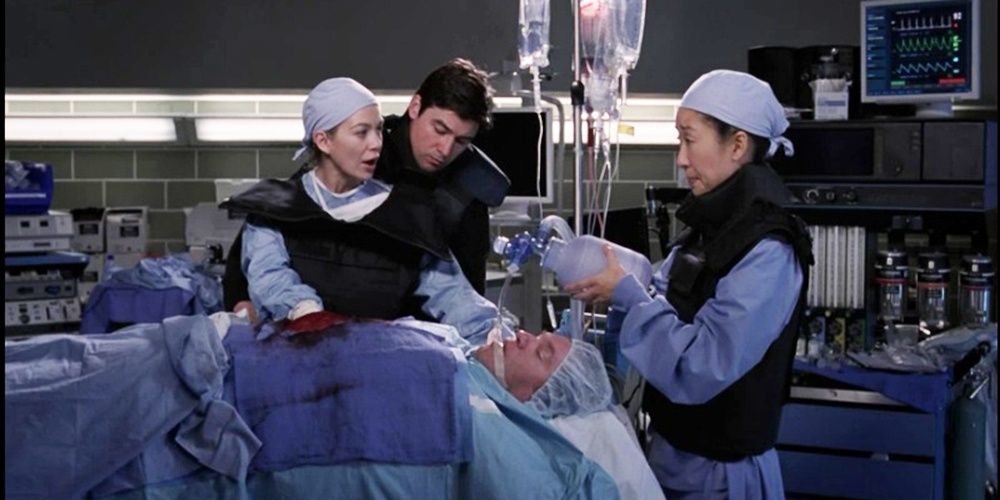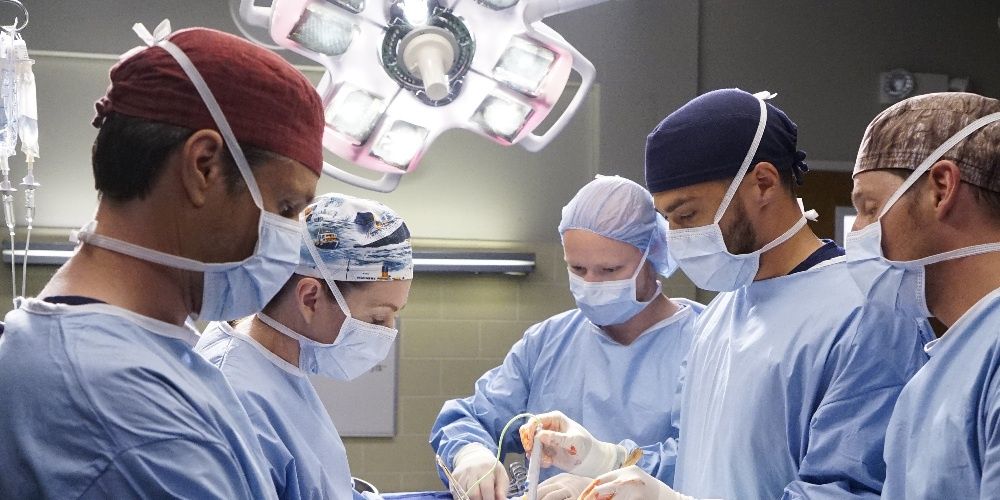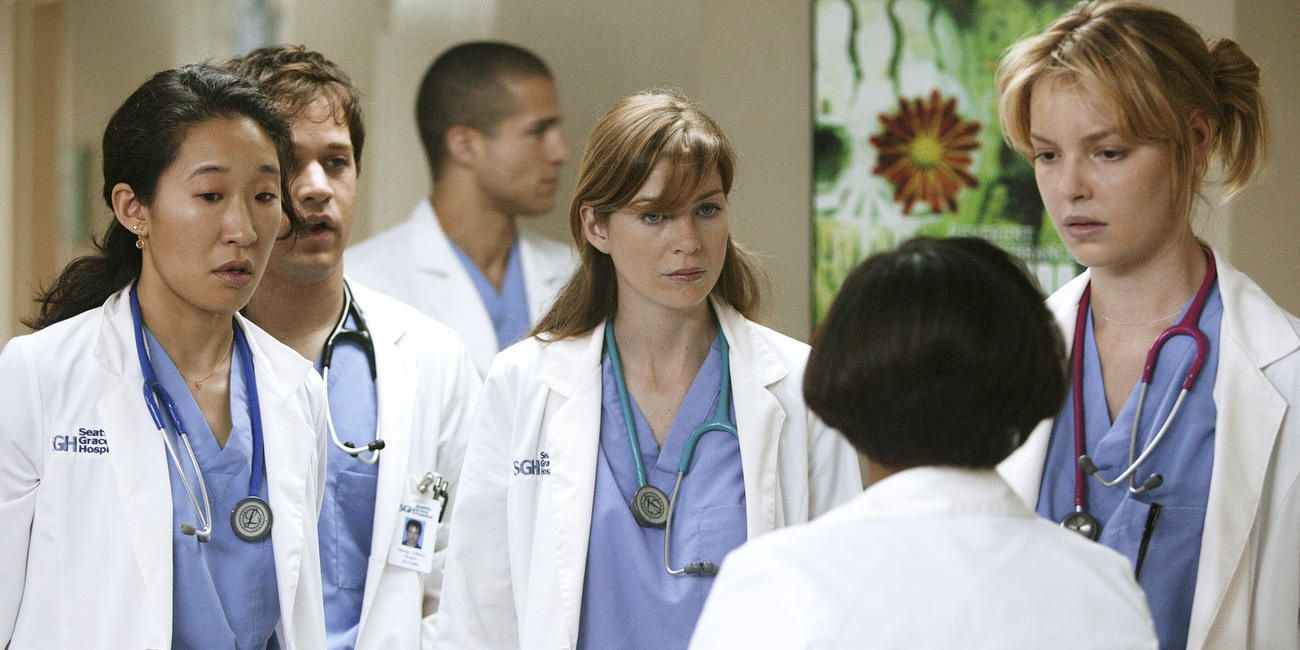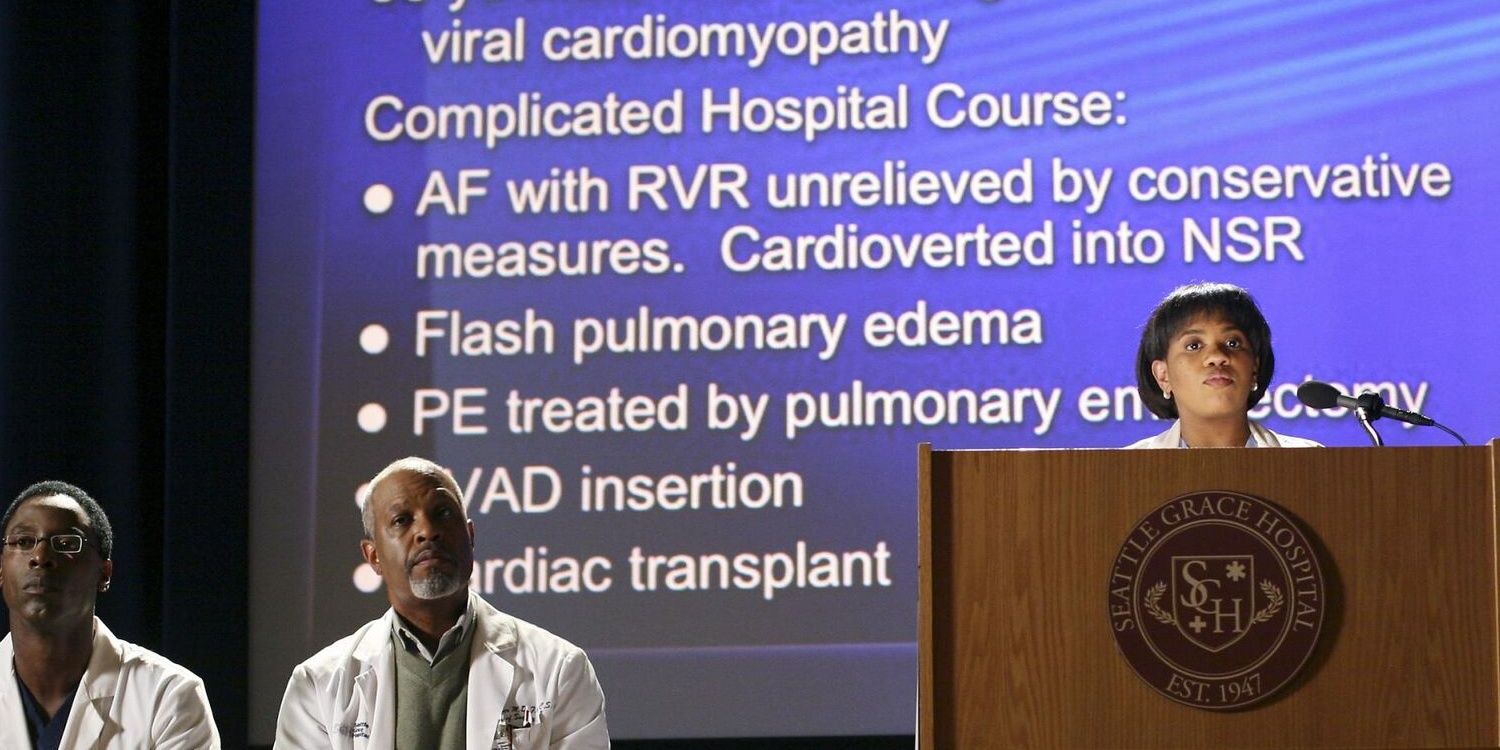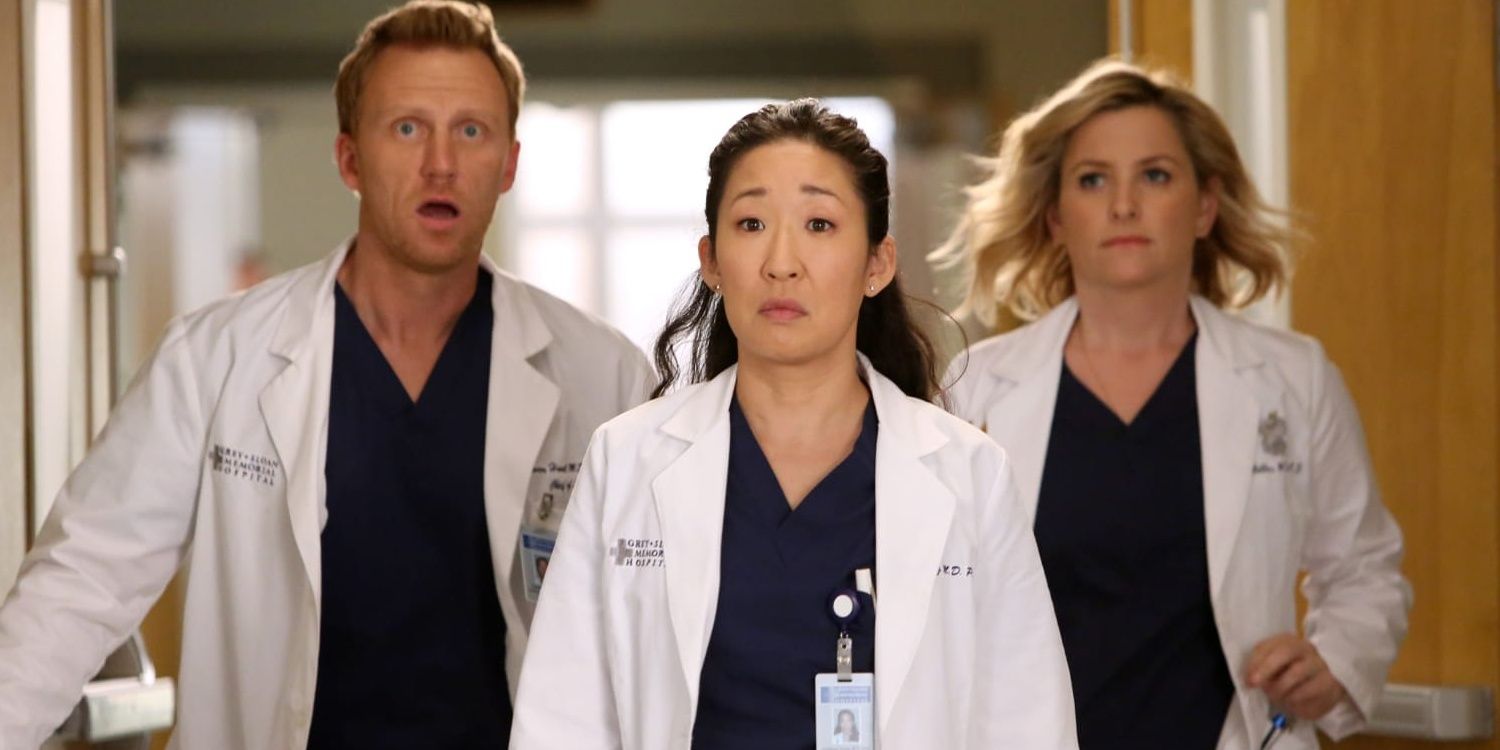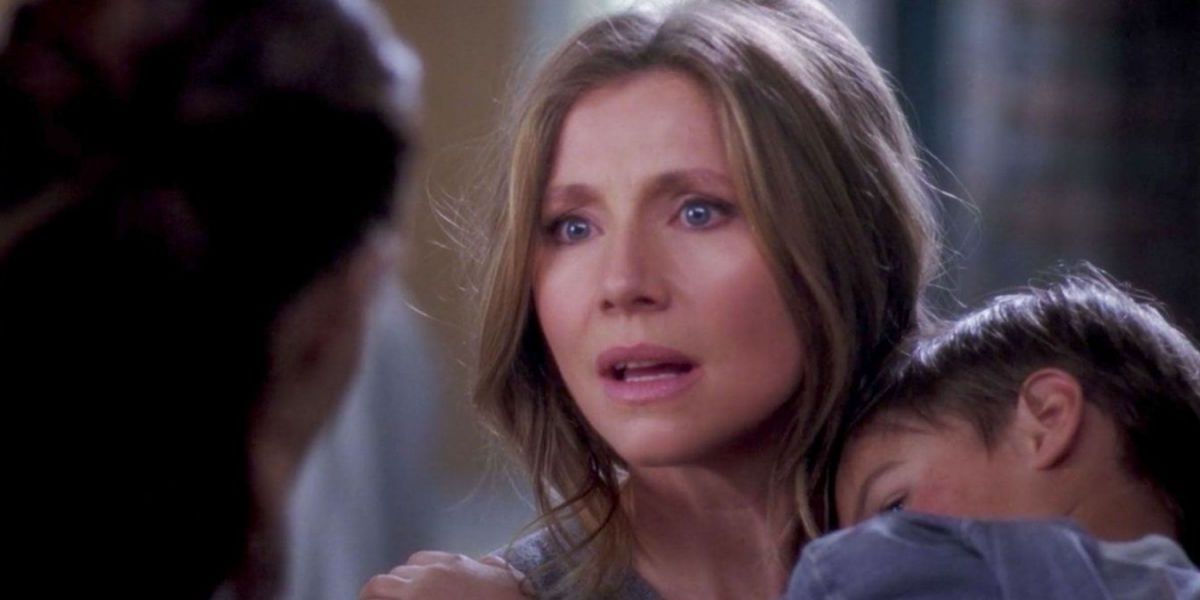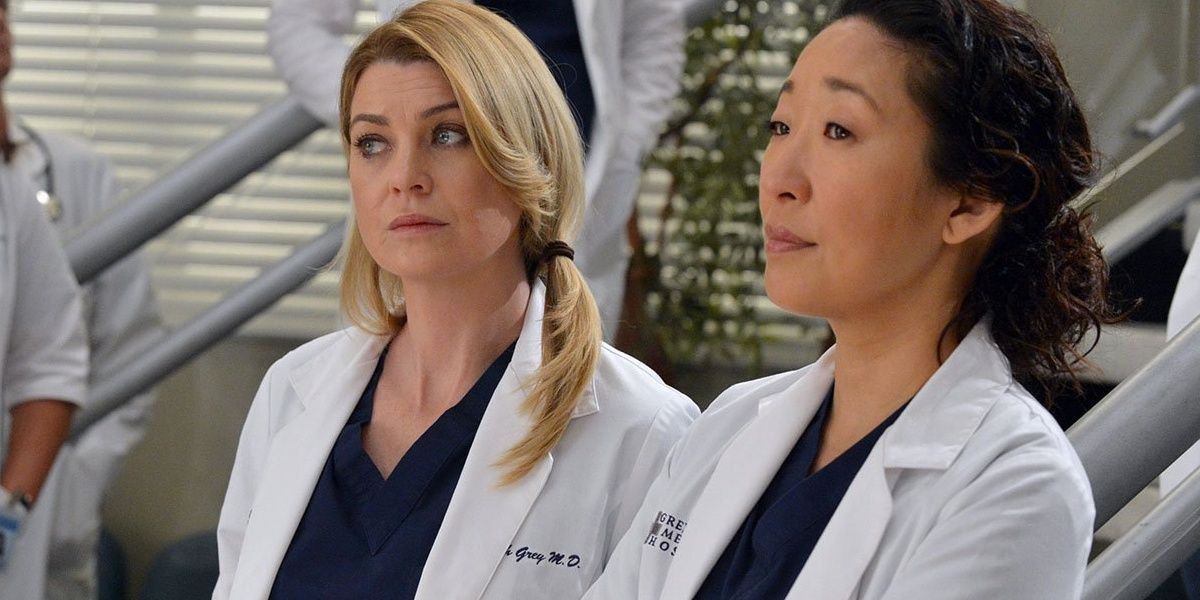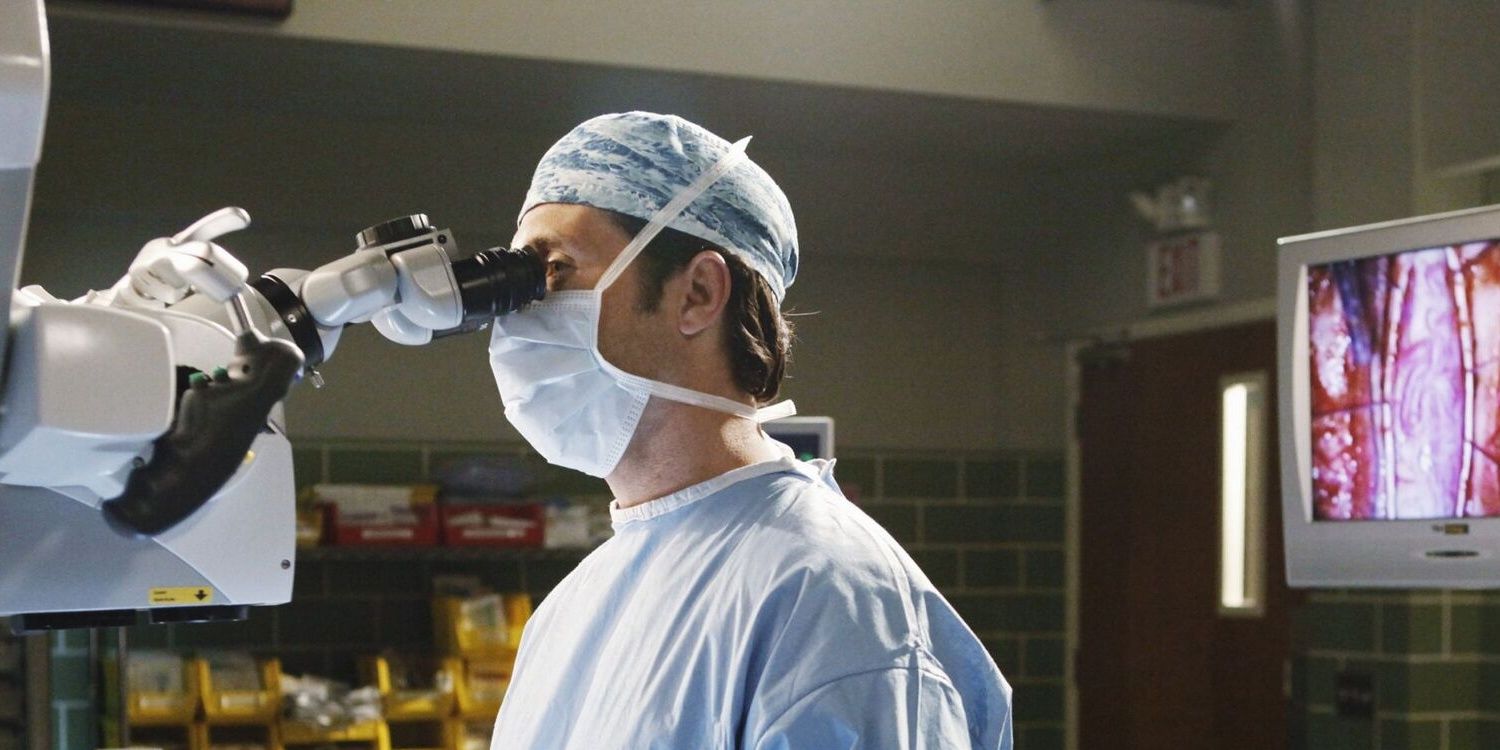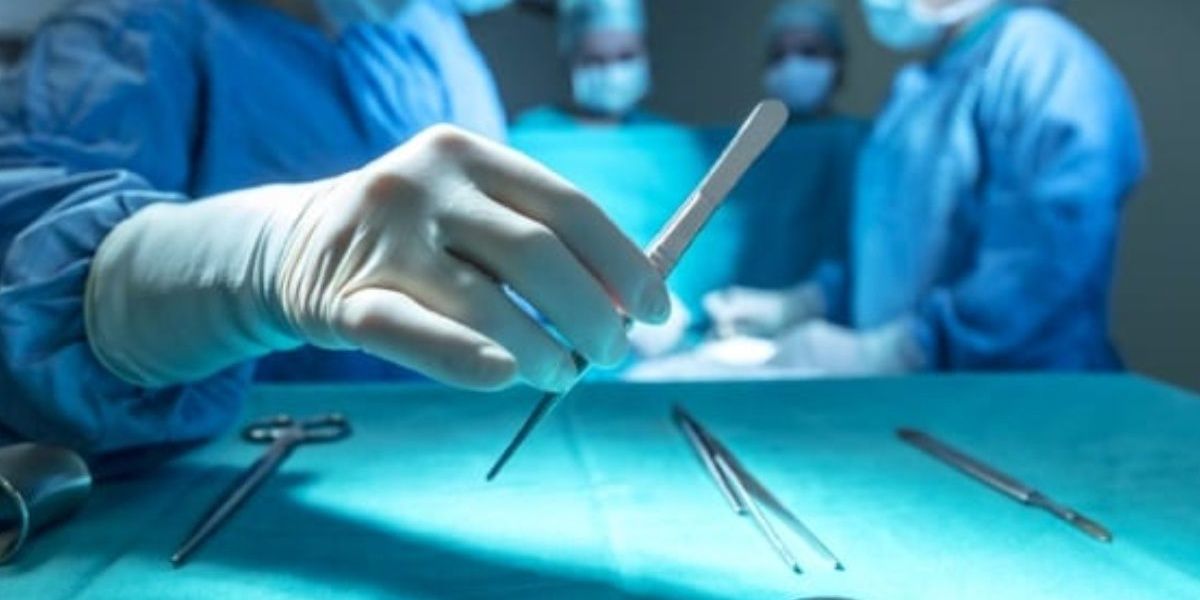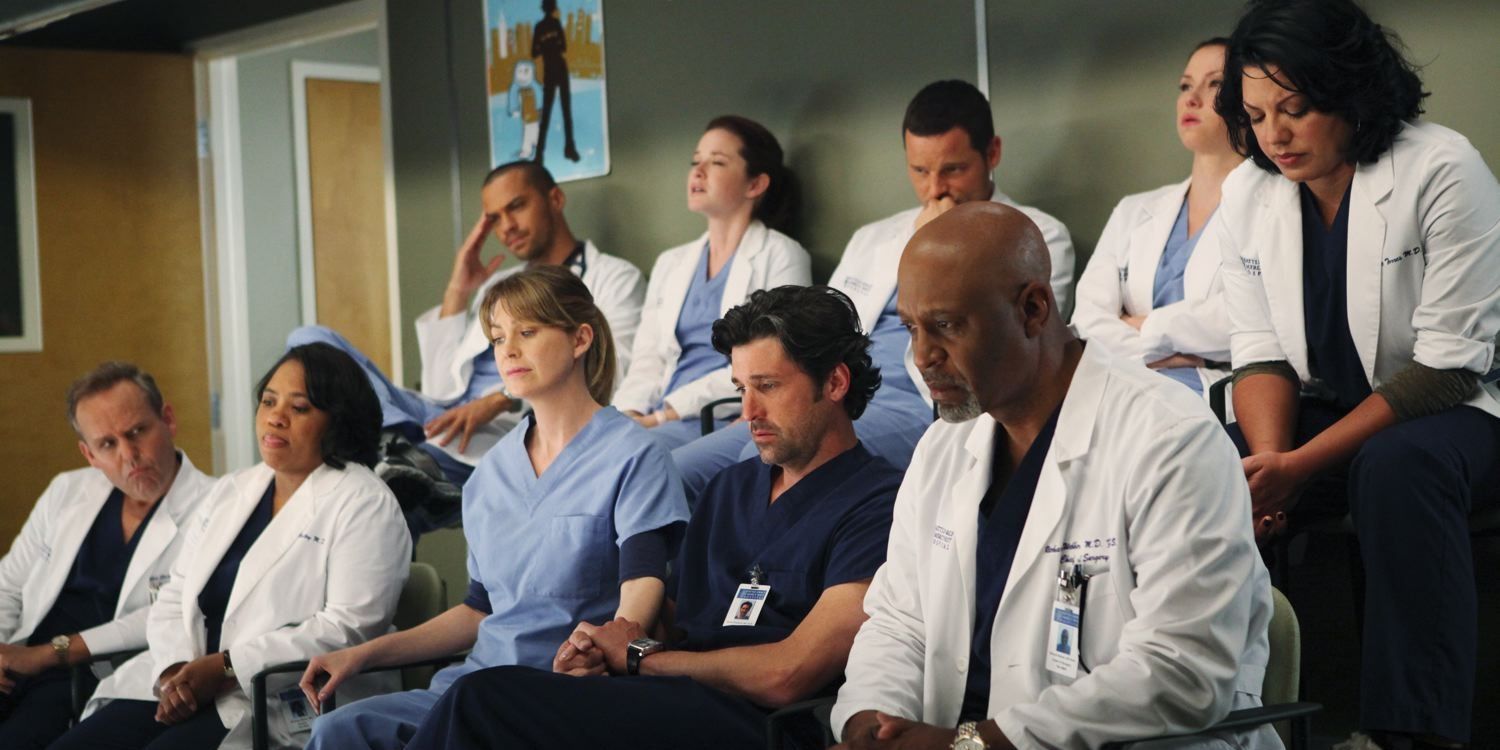Running for 16 years, Grey's Anatomy has taught us a lot. The show has proven to be more than a drama. No matter how entangled fans become with relationships or plots, it has allowed them to see the ins-and-outs of a working hospital. It has also taken fans beyond the double doors to see what it's like to live the life of a hardworking surgeon.
Fans may not be ready to don their scrub-cap and gown, but they cannot deny that they haven't learned a thing or two from the Grey-Sloan surgeons. From the different color codes to the different surgical instruments, here are 10 things fans have learned from Grey's Anatomy.
The color codes
Who knew the hospitals had secret codes for different emergencies? Designed to prevent stress and panic among hospital visitors, the codes allow staff to be updated on emergencies and disasters occurring in the hospital. Fans are well aware of the meaning of 'code blue', but what about the others?
The hospital goes into lockdown when "code pink" is used as it indicates a child has gone missing. A "code black" is rare as it means a bomb is on the premises. "Yellow" means there is an influx of injuries on the way to the hospital. "Code red" and "orange" are used to inform staff that there is a danger in the hospital.
The different specialties
One of the other things fans have learned on the show is the different specialties. Grey's Anatomy has allowed fans to discover there were more branches in medicine than general, neurology, cardiology, and OB/GYN.
There are two types of specialty groups: those that are surgical and those that are medical. A surgical specialty is an area of medicine that is practiced only by surgeons. An example of this is neurosurgery, where a clinician's expertise relates to surgical needs to the brain, spine, and central nervous system. This is different from neurology, which deals with disorders in the nervous system. This is classed as a medical specialty as it involves non-invasive treatment.
The residency program
Everyone knew that it takes a while to become a doctor, but were you aware of the different stages they had to complete to become a surgeon? In Grey's Anatomy, fans got the first-hand experience to see the interns grow into fully-fledged surgeons through the residency program.
Ran by Richard Webber (James Pickens Jr.), this is a program that runs for 3-6 years as the residents begin to choose their specialties. In their first year, the physicians have to pass their intern exam to attain their licenses. In their second to fifth years, the physicians are given more responsibility and hours in the OR. If they complete their board exams, they become certified in their specialties and can become attendings.
The M&M lectures
One of the fascinating elements that fans saw on the show was the M&M conference. Standing for "Morbidity and Mortality," these recurring conferences are held by medical officials. Generally peer-reviewed, officials attend these conferences to analyze and identify issues in the unsuccessful cases that could have been improved.
An example of this is in the episode "Oh the Guilt" when the clinicians' review Denny Duquette's (Jeffrey Dean Morgan) case (otherwise known as patient #34986). Here, some of the doctors target the failure of the LVAD and question whether Bailey's (Chandra Wilson) authority had been compromised.
Passion in career
One good thing fans all learn about the surgeons/doctors is how passionate they are about their careers. They may come across as arrogant and sometimes insensitive, but no one can fault the residents' enthusiasm to learn. The doctors of Grey Sloan are only competitive because they want to be the best.
If all doctors have the same attitude to the likes of Cristina Yang (Sandra Oh) or Arizona Robbins (Jessica Capshaw), then we should all feel reassured. Someone so passionate about their career can only mean they would be experts in their fields. If something does go wrong in surgery, they would be the ones you would want because they would be first to react.
Raising awareness for medical illnesses
One element the writers have prided themselves on is their accuracy to represent medical disorders/conditions. Although some cases have been used to add dramatic flair, there have been many stories that have helped to raise awareness of several illnesses.
In the episode "Piece of My Heart", the writers incorporated a message that HIV-positive mothers can deliver a healthy baby if they get proper treatment. In the episode “Can’t Fight This Feeling”, they raised awareness for Kawasaki disease, which can cause complications for children if it's not treated promptly. Such storylines have encouraged people to seek further medical attention.
The scrub colors
To patients and all alike, the color of the clinicians' scrubs doesn't mean anything. However, these scrub colors do hold valuable importance as it allows the doctors to distinguish the different medical professions and their ranks.
For instance, surgical attendings and fellows wear dark navy scrubs. Surgical interns and residents have to wear light blue; Oncology residents wear red and OB/GYN attendings & residents wear purple or light pink. There is no rule against it, but many of the surgeons also like to wear personalized scrub caps.
The length of shifts
The medical profession has seen some of the most underrated heroes. These surgeons and physicians dedicate their lives to saving others. They can spend up to 26 hours in the OR and take minimal breaks. They can also be seen to work 30 hours, assisting colleagues and patients whenever they have a spare minute.
It's not just the surgeons' lives fans see either. The writers have also taken the time to show the working life of nurses and porters. The doctors may be shown to perform miracles, but they also acknowledge the nurses who take the time to comfort patients. Huge respect has grown for those working in the medical profession because it looks emotionally draining.
The surgical instruments and medical jargon
Apart from the word 'scalpel', no one seemed to understand what was going on in the surgeries. However, fans have learned bits of jargon and the technicalities as the years have gone on. For instance, a ten blade is used to make small incisions to skin and muscle tissue. They can also use a 15 blade to help them "crack" a chest.
Fans have also learned that a "bovie" can help the surgeons to stop bleeding; an "echo" is a sonogram of a heart and the use of "epinephrine" can help a doctor to resuscitate a patient. We're all on the way to getting a medical license here.
The Galleries
No matter how many tests they pass or how successful they are in their specialty, Grey's proves there is always room for improvement. This is why they have galleries above the ORs. Physicians can be found watching surgeries in an attempt to improve their skills. Sometimes they use it to support their friends, a prime example being George's (T.R. Knight) appendectomy in the pilot.
In reality, there are not many hospitals that have galleries; however, they do allow physicians to watch the surgeries in the OR or on a television screen. It's all part of the process to become the best doctor they can be.

